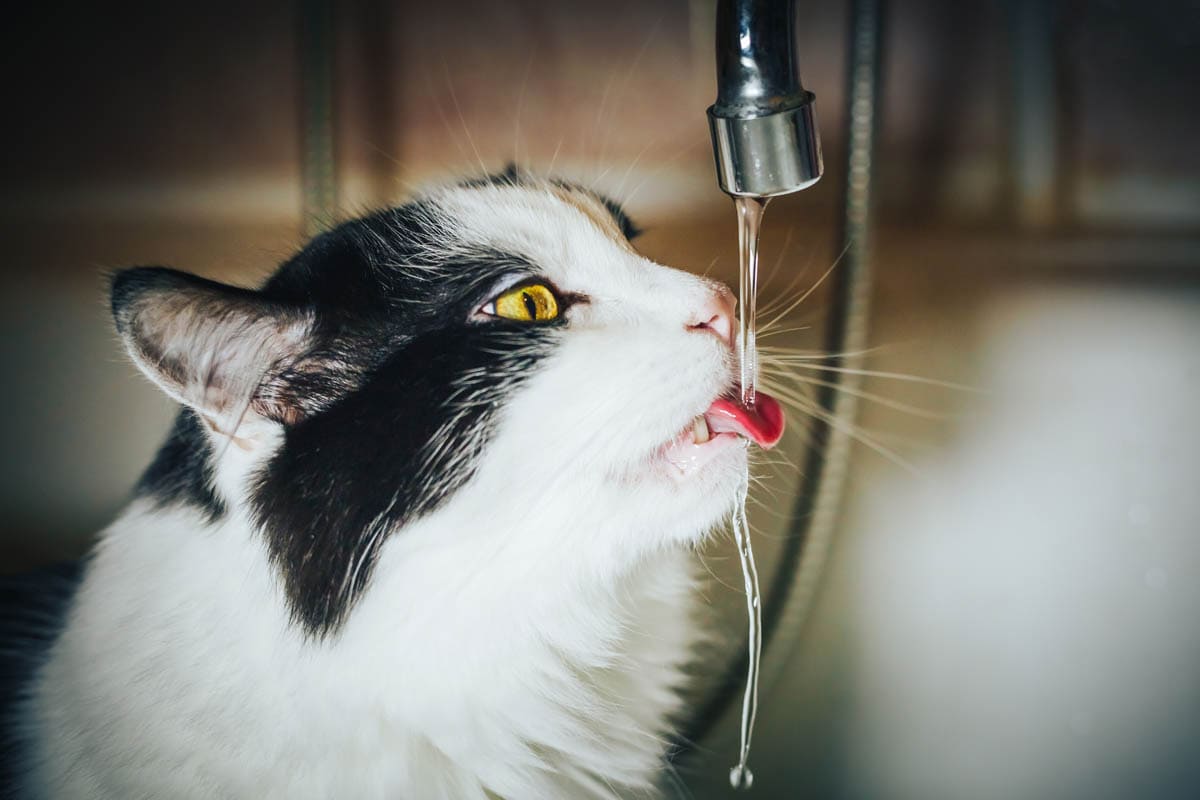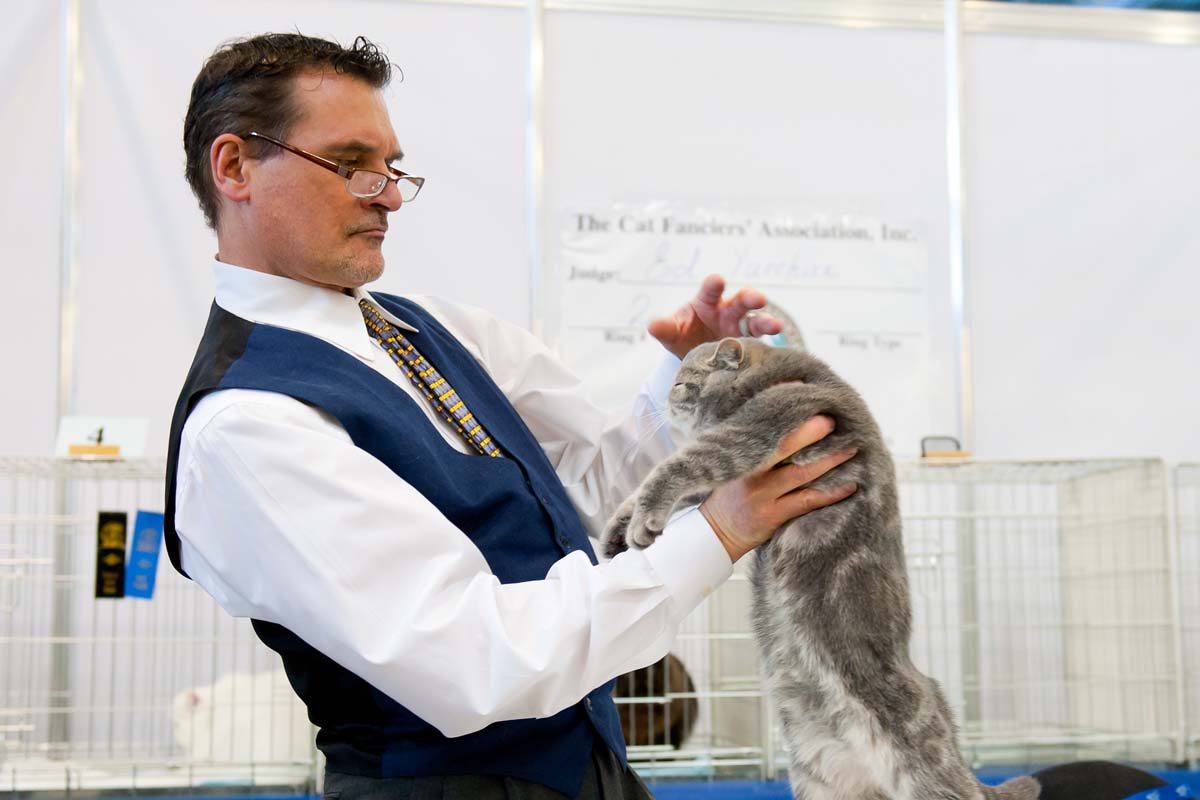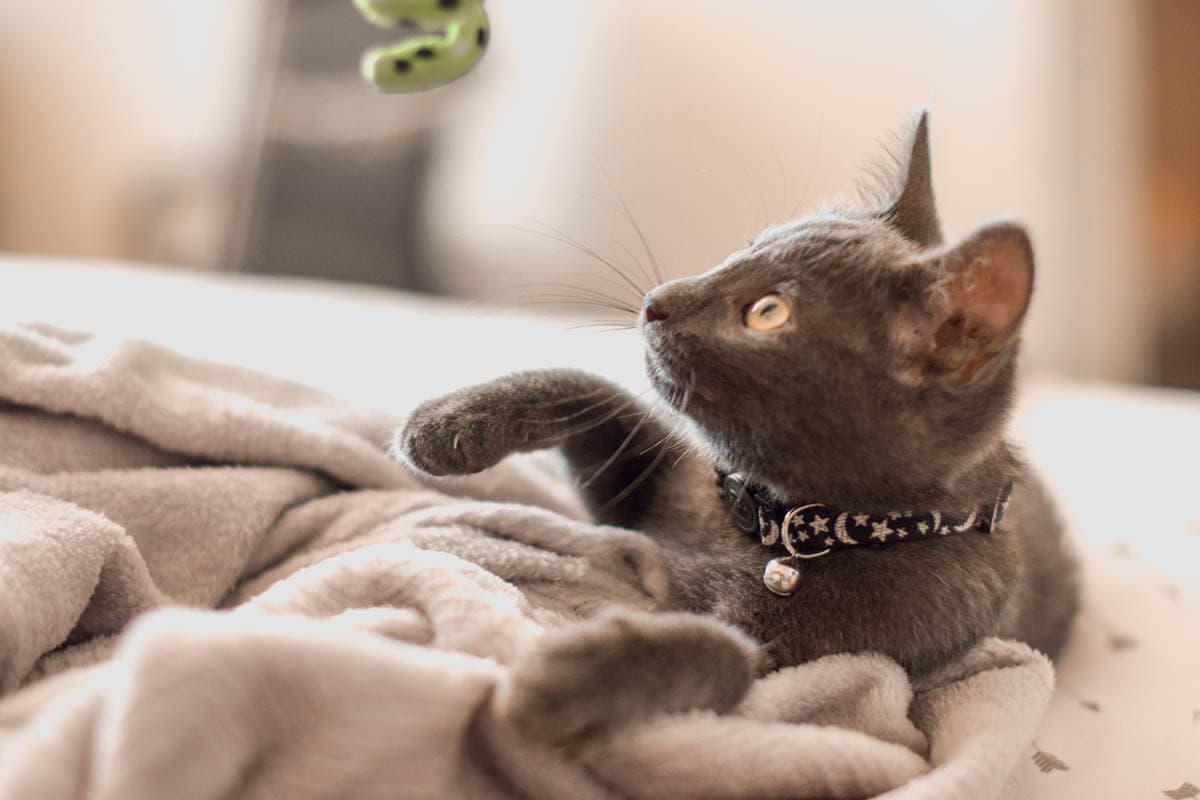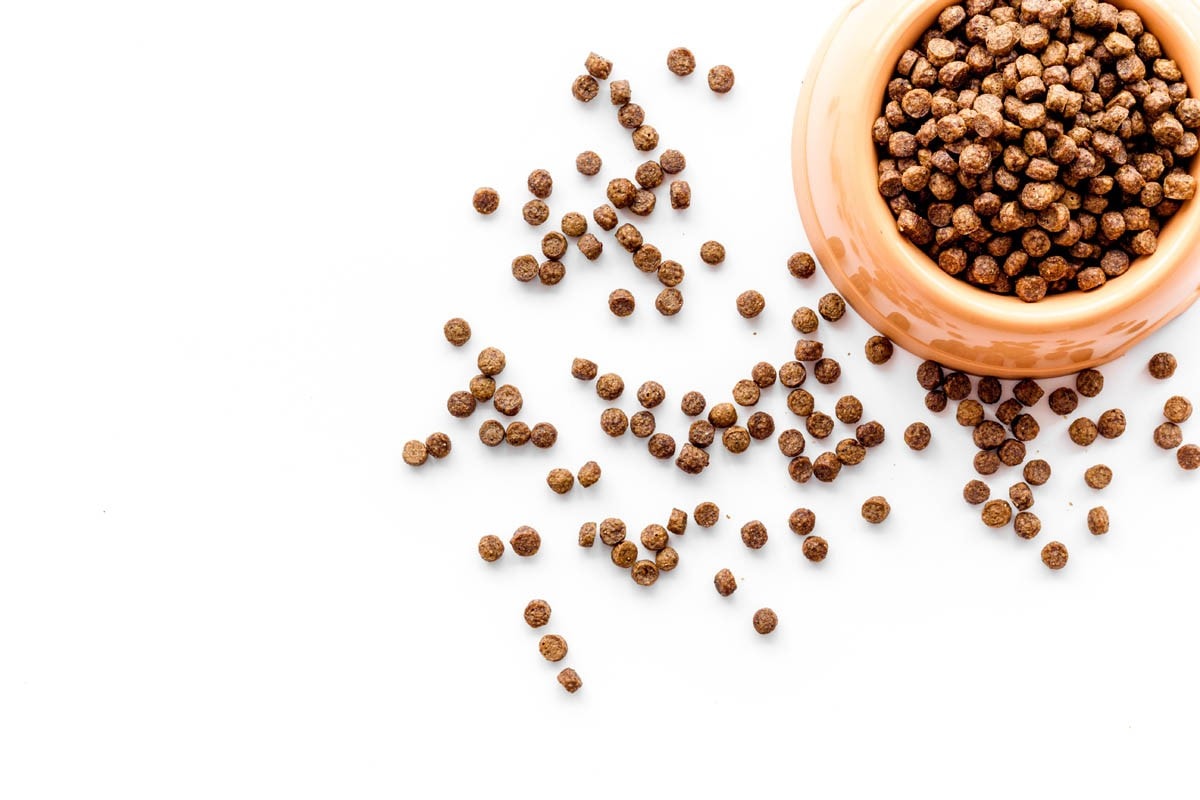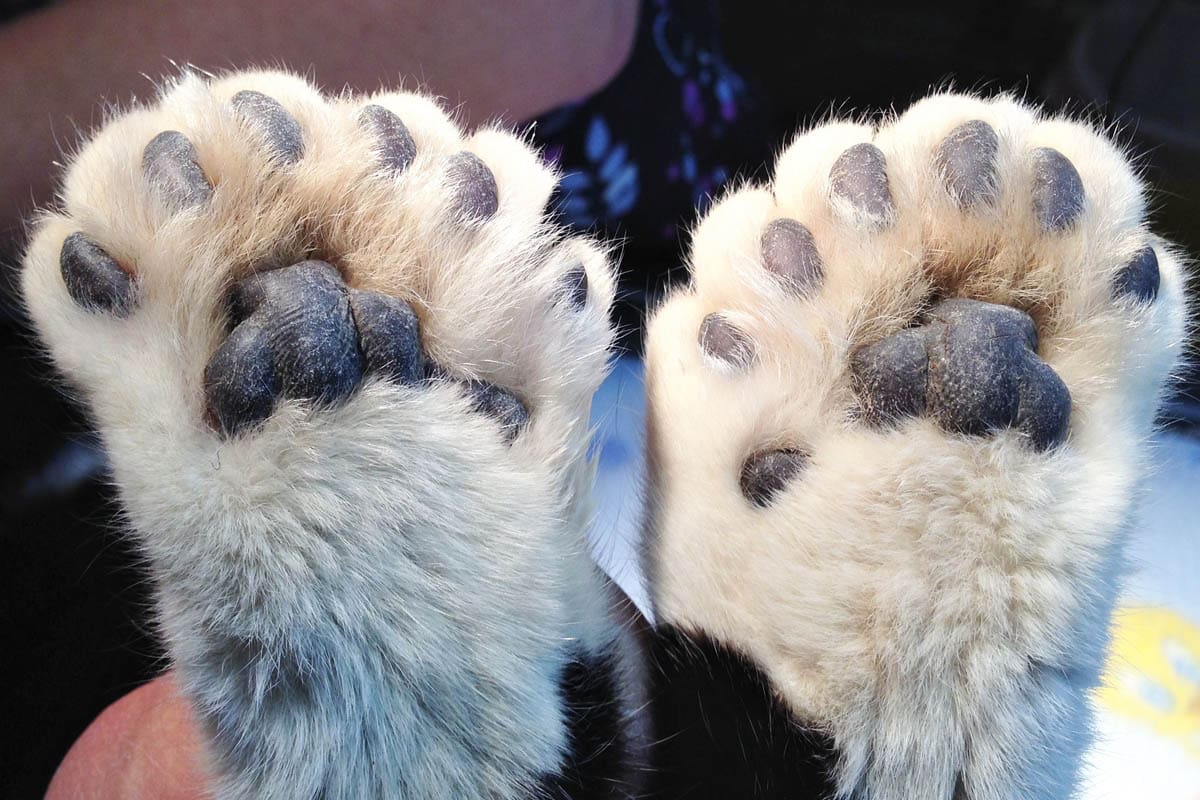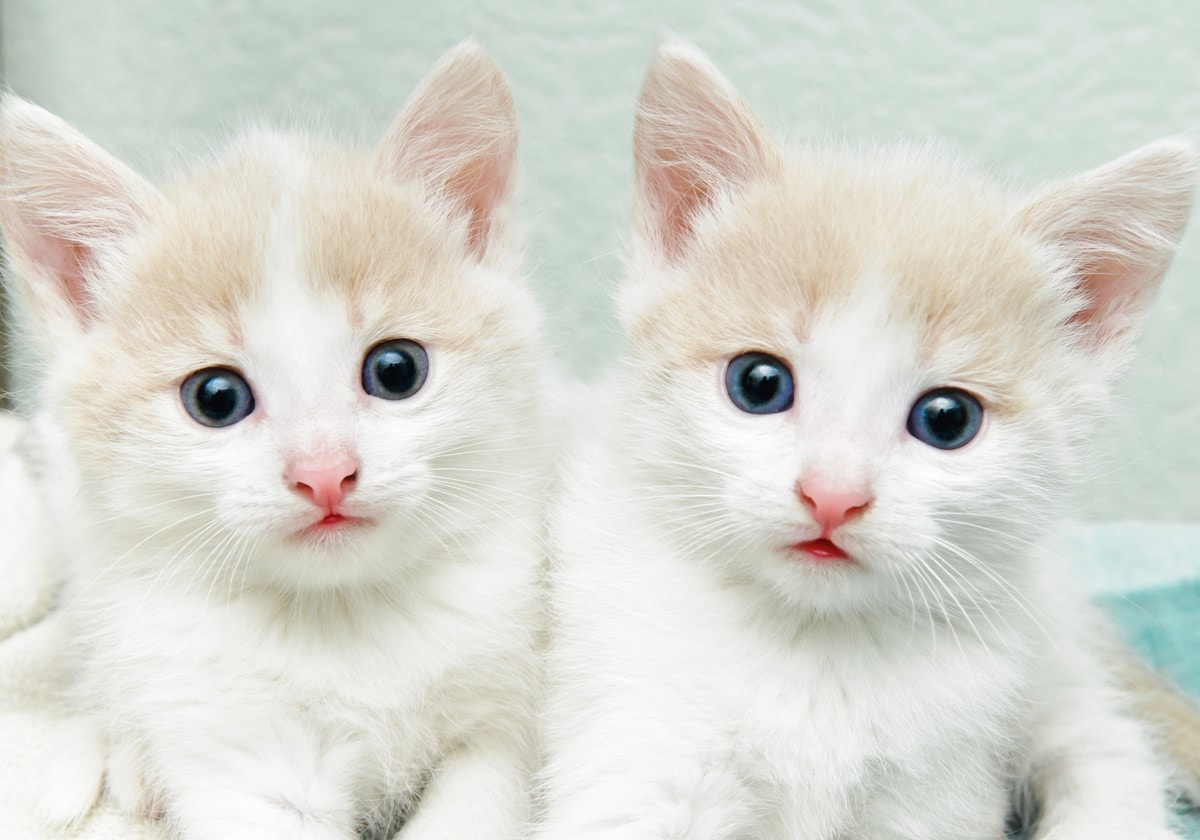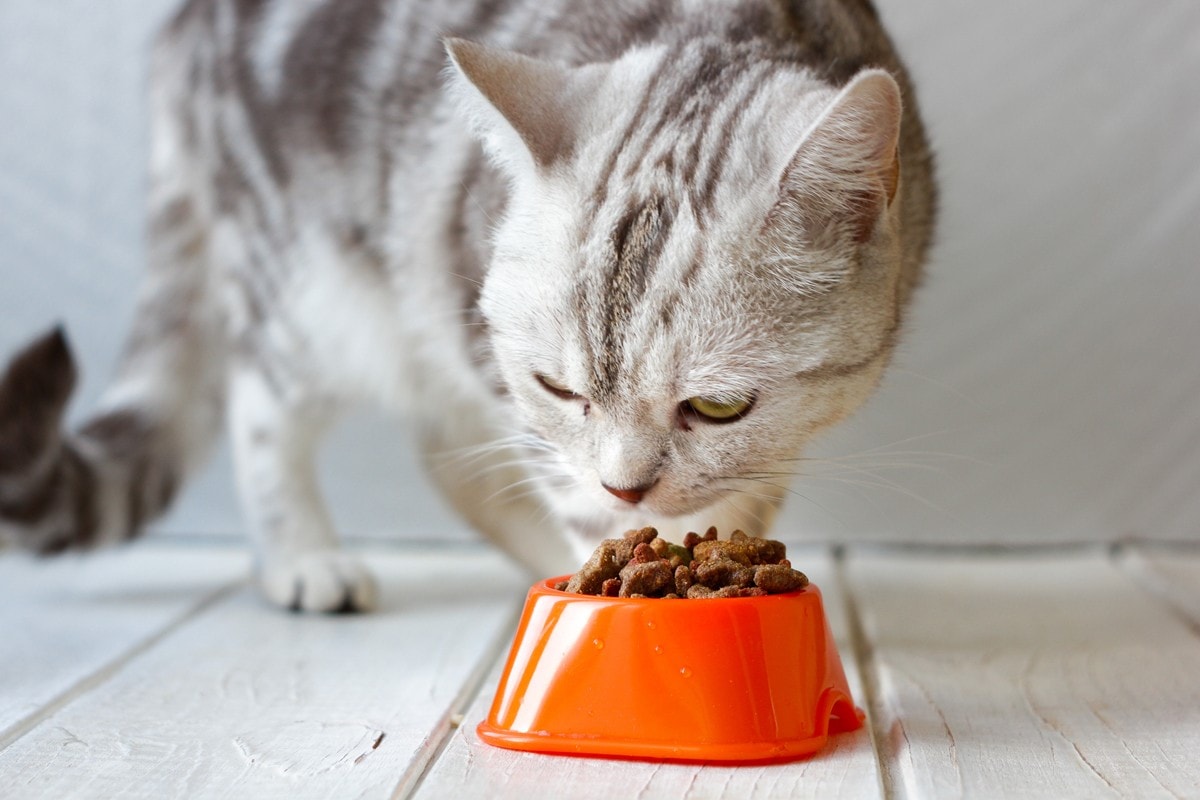There is always a large spike in our article on heatstroke in the summer months, which demonstrates that many cats are affected by the summer heat. Below are some tips to keep your cat cool during the warmer months. Very young kittens, old cats, sick cats and the obese are at greater risk as they are less efficient at regulating their body temperature.
General Cat Articles
Showing Your Cat-Everything You Need To Know
Showing your cat can be a great way to get out, meet like-minded people and get to learn all about the cat fancy. Anybody can show their cat, all you need to do is register for a show. All cat breeds have a breed standard, this is a set of guidelines listing the characteristics of the breed such as head, eyes, ears, coat and colour, body, legs and paws, and tail. Cats are judged according to how closely they meet the breed standard.
Cat Claws – Anatomy, Function and Disorders
The claw is a scythe-shaped appendage that is attached to the end bone of the toe. Cats have four toes on each hindfoot and five toes on the front feet. The fifth toe is the dewclaw, which is located on the inner side of the foot and does not make contact with the ground.
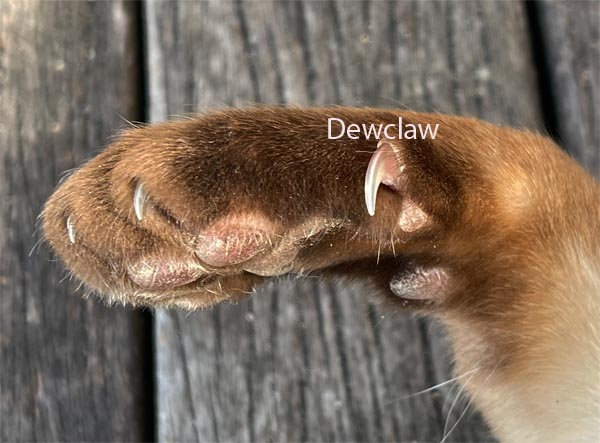
Some cats (known as polydactyls) have more than the normal number of toes and claws. Jake, an orange male from Ontario, Canada holds the world record for the largest number of toes at a whopping 28.
Function and anatomy of cat claws
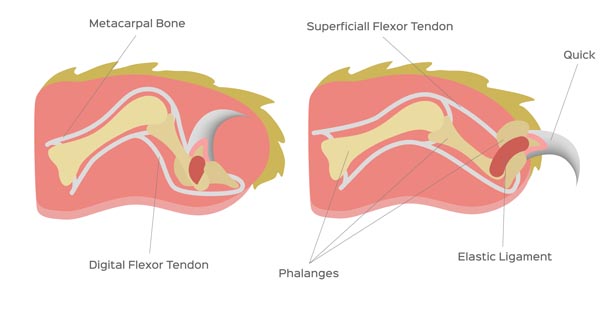
The claw (unguis) is located on the distal part of the toe and is attached to the final toe bone. Claws are composed of layers of keratinised (reinforced with keratin) dead cells. As the claw grows, the outer layer sheds which expose a sharp new claw underneath. Structures that produce the claw include the matrix, proximal nail fold (ungual fold), eponychium, paronychium and the hyponychium, which are collectively referred to as the perionychium.
The distal phalanx which contains the claw has two dorsal elastic ligaments which keep the claw retracted and sheathed within the skin of the paw which reduces wear and tear on the claws. To protract (extend) the claw, the cat uses the deep digital flexor muscle which overpowers the elasticity of the dorsal elastic ligaments.
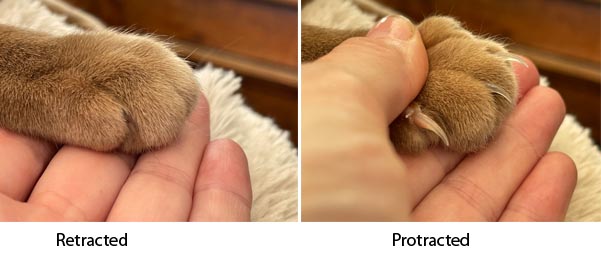
The quick is located in the centre of the cat’s claw and is rich in blood vessels to supply blood to help the claw grow and nerves.
Cat claw functions
The versatile claws play an important role in a number of functions.
- Climbing
- Balance
- Digging
- Traction
- Self-defence
- Gripping prey
- Scratching
Diseases and disorders that affect the claws

Cat claws are susceptible to damage and infection, and pet owners should routinely check the claws as a part of the monthly home check-up. Onycho or onych refers to the nail or claw and is commonly used when referring to claw disorders.
- Perionyxis: Inflammation of the epidermis surrounding the claw can be caused by pemphigus, an autoimmune disease that affects the skin, eyes, ears and toes of affected cats.
- Onychomadesis: Separation of the nail from the nail bed due to trauma, immune-mediated disease (pemphigus and systemic lupus erythematosus), infection, inadequate blood flow, cancer (melanoma, osteosarcoma, squamous cell carcinoma, eccrine carcinoma, subungual keratoacanthoma and inverted squamous papilloma).
- Onychodystrophy: Abnormal growth and deformed claws caused by acromegaly, congenital malformation and hyperthyroidism.
- Onychomycosis: Fungal infection of the nail bed, the most common pathogens are Malassezia and ringworm.
- Onychorrhexis: Brittle claws which are prone to breaking may be caused by infection or trauma.
- Paronychia: Inflammation or infection of the skin surrounding the claw which can be bacterial or fungal. Bacterial infections usually occur secondary to trauma, such as overzealous nail trimming, obsessive nail chewing, ingrown claws or declawing surgery. Other causes include systemic diseases such as FIV or FeLV, diabetes, systemic lupus erythematosus, Cushing’s disease and use of steroids.
- Onychocryptosis: Ingrown claws are common in older cats due to their reduced mobility.
- Onychauxis: A thickening of the claw associated with age, reduced exercise and grooming in senior cats exacerbate the problem.
- Trauma (tearing etc): Tears or damage to the claws most commonly occur due when the claw becomes snagged on something (carpet, material etc.), or when quickly scrambling up a tree, fence or more seriously, as the result of a motor vehicle accident.
Why Do Cats Roll In The Dirt?
We’ve all seen it, on warm summer days if the cat goes outside he runs over to the first patch of mud he can find and has a good old roll. This is not a behaviour exclusive to cats, many other mammals also enjoy rolling in the dirt, but why?
What To Buy For A New Kitten
Food and water bowl
The best bowls for cats are either ceramic or metal (I prefer ceramic because they are cooler and heavier, making them harder to push around). Avoid the use of plastic bowls which can cause feline acne.
Changing A Cat’s Diet-How To Do So Safely
Cat owners are told to not make sudden changes to their cat’s diet. This can lead to a refusal to eat a new food or upset the stomach.
Polydactyl (Hemingway) Cats
What is a polydactyl cat?
Also known as Hemingway cats, boxing cats, cardi or mitten cats, polydactyl cats have a congenital abnormality that results in additional toes. There is considerable variation from cat to cat in the number and formation of extra digits.
How To Tell A Kitten or Cat’s Age
The teeth, eyes, gums, and coat can all paint a picture of your cat’s age. The lifestyle and care a cat has received will have some effects on this, for example, is he a former stray, was he neglected by his previous owners, does he have any underlying health conditions? All of these will have an impact on your cat’s appearance and overall health.
How Much Food Should A Cat Eat?
The amount of food varies on the different life stages of your cat as well as his activity level and size. There are now a number of brands of cat food that are designed to meet a cat’s nutritional requirements at different stages.
Cat Collars – Types of Collars & Cat Collar Safety
Cat collars come in a vast array of styles from plain to fancy. They can serve multiple purposes depending on the type. This article will explain the different types of collars you can use on your cat. Safety (breakaway) collars Cats are at risk of strangulation if they become snagged on something (for example a … Read more
